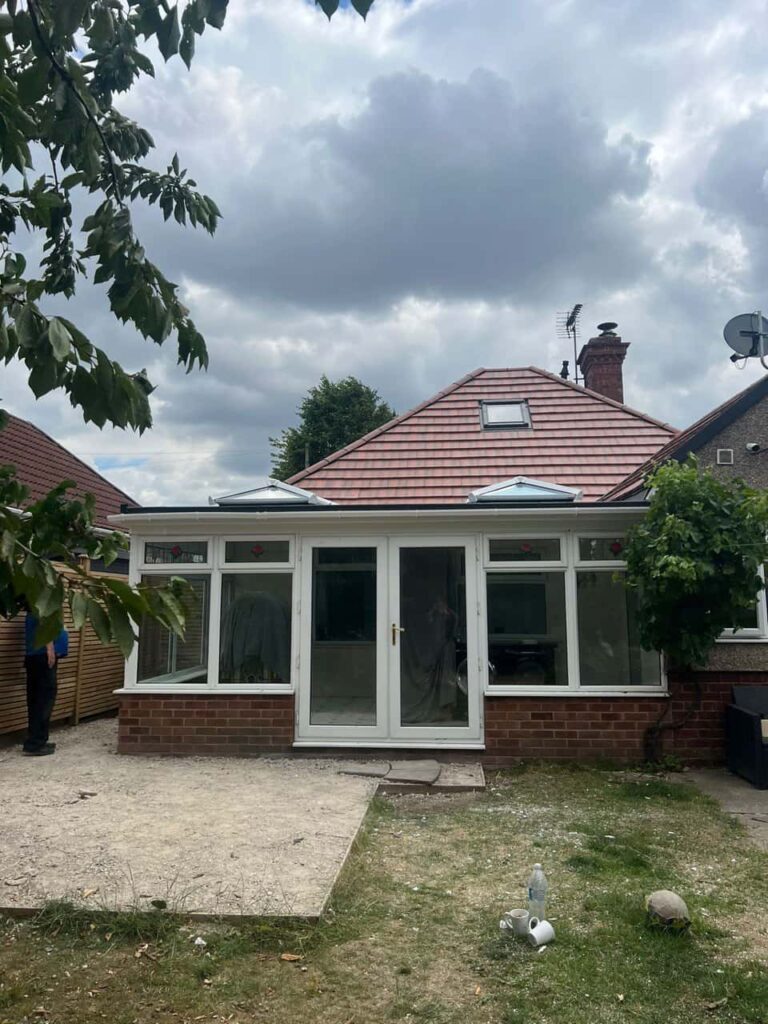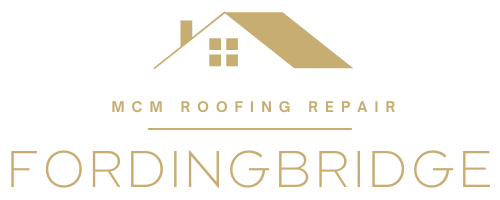When it comes to roofing options for your home, pitched and hip roofs are two of the most popular choices. Both have distinct advantages, making them suitable for a wide range of properties. However, there are several key facts about these roof types that every homeowner should know. In this article, we’ll break down 15 essential facts about pitched and hip roofs, providing you with the information needed to make the right roofing decision for your property.
1. What is a Pitched Roof?
A pitched roof is a roof with two sloping sides that come together at a ridge. The pitch or angle of the roof determines how steep it is. This type of roof is often seen in traditional and modern homes alike, offering both aesthetic appeal and functionality.
2. What is a Hip Roof?
A hip roof, unlike a pitched roof, has slopes on all four sides. These sides meet at the top to form a ridge, and the roof is often pyramid-like. This design is commonly used in homes where the roof needs to shed rain and snow effectively.
3. Aesthetics and Appeal
Both pitched and hip roofs are visually appealing and enhance the curb appeal of a property. Pitched roofs offer a classic, traditional look, while hip roofs are often considered more modern and sophisticated.
4. Greater Stability in Hip Roofs
Hip roofs are often regarded as more stable than pitched roofs. Because they have four sloped sides, they provide better structural integrity, making them ideal for areas prone to heavy winds.
5. Better for Windy Areas
In areas that experience frequent storms or high winds, a hip roof offers superior resistance. The shape of the roof allows wind to flow around it more easily, reducing the risk of damage compared to a pitched roof.
6. Pitched Roofs Offer More Space
One of the most significant benefits of pitched roofs is the additional attic or loft space they provide. This extra room can be used for storage or even converted into living space.
7. Efficient Rainwater Drainage
Both pitched and hip roofs are excellent at draining rainwater. The angle of the roof helps direct rainwater away from the structure, preventing water accumulation and potential leaks.
8. Material Flexibility
Both pitched and hip roofs can be constructed using a variety of materials, including tiles, slates, and metal. This flexibility allows homeowners to choose the material that best suits their aesthetic preferences and budget.
9. Roof Slope Impacts Insulation
The slope of the roof can impact the insulation of your home. Steeper pitches (common in pitched roofs) provide better air circulation and allow more space for insulation, helping to regulate indoor temperatures.
10. Increased Roof Lifespan
Both types of roofs are known for their durability. A well-constructed pitched or hip roof can last for decades with minimal maintenance. The key to longevity is proper installation and regular maintenance to identify potential issues before they become serious problems.
11. Higher Construction Costs for Hip Roofs
While hip roofs offer added stability, they are generally more expensive to build than pitched roofs. This is due to their more complex structure and the increased materials needed for the additional slopes.
12. Pitched Roofs are Easier to Build
Pitched roofs are relatively simple to construct, which typically makes them less costly to build than hip roofs. If you’re on a budget, a pitched roof may be a more cost-effective solution for your home.
13. Better for Snow-Prone Areas
In areas with heavy snowfall, pitched roofs tend to perform better. Their steeper slope allows snow to slide off more easily, reducing the risk of the roof becoming weighed down by excessive snow.
14. More Complex Roof Design for Hip Roofs
The construction of a hip roof is more complicated than that of a pitched roof due to the additional slopes and angles. This complexity means that hip roofs require highly skilled tradespeople to ensure proper installation.
15. Increased Curb Appeal with Hip Roofs
Many homeowners opt for a hip roof due to its ability to add a modern, elegant look to a property. Hip roofs are often associated with high-end homes, contributing to their curb appeal and potential market value.
Conclusion
Both pitched and hip roofs come with their own set of advantages, making them suitable for different types of properties. Pitched roofs offer more space, better insulation, and easier construction, while hip roofs provide enhanced stability, better wind resistance, and a more modern appearance.
At MCM Roofing Repairs Fordingbridge, we specialise in both pitched and hip roof installations, repairs, and maintenance. Our team of professionals ensures that each roof is installed to the highest standard, giving you peace of mind that your home is protected for years to come. If you’re considering a new roof or need repairs, contact us today to discuss your options and get a free, no-obligation quote.
Call us on: 01425 208 596
Click here to find out more about MCM Roofing Repairs Fordingbridge
Click here to complete our contact form and see how we can help with your roofing needs.

